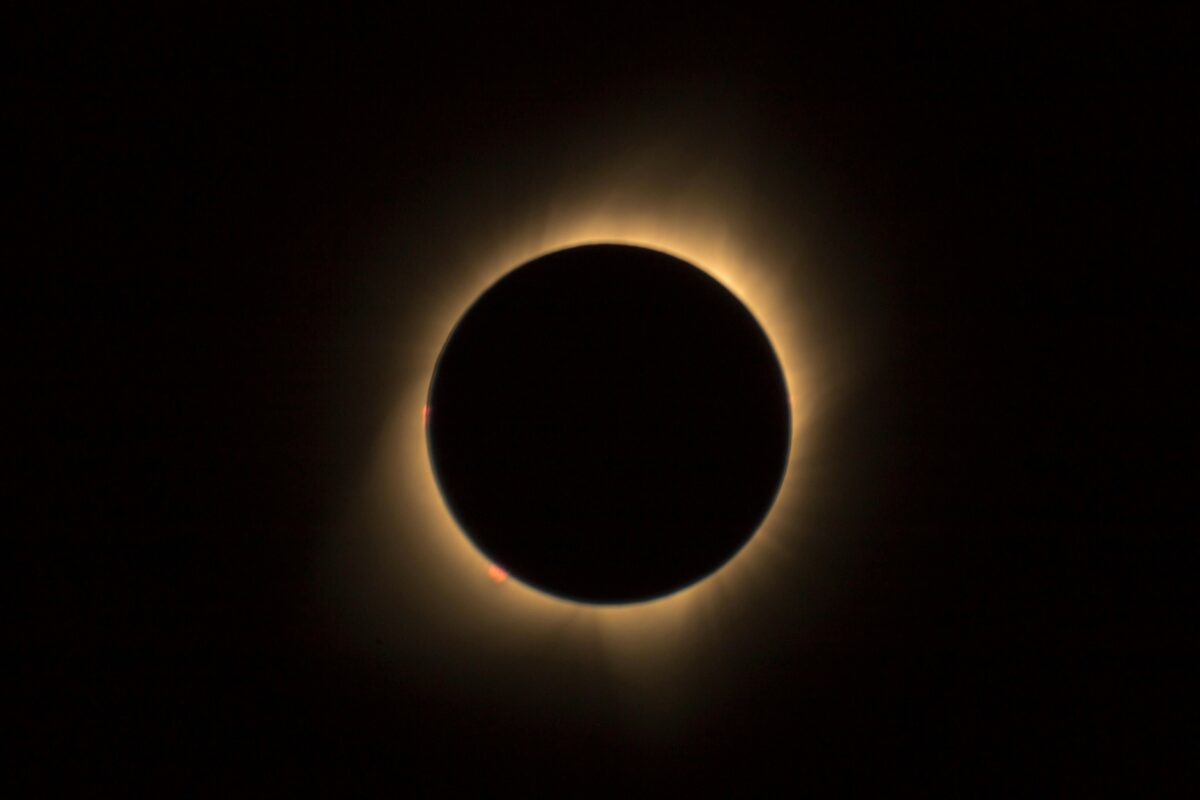
Get ready for the Solar Eclipse on April 8th, 2024! There is not another one in North America until August 2044!!
As you may know, we are going to experience a beautiful solar eclipse on Monday, April 8th, 2024 between the hours of 2 pm and 4:30 pm EST.
You can learn more about this wonderful natural event and how much of it we will see here (quite a bit!) in and around Richmond, Virginia on the NASA website.
Keep your kids safe too!
https://science.nasa.gov/
Did you know the temperature drops 10 degrees during the solar eclipse?
Learn more fun facts here: https://science.nasa.gov/
We want you to know that you cannot look directly at the solar eclipse as it can damage your eyes (except during the few minutes during totality). We have ordered NASA-approved solar eclipse glasses for you to buy for yourself and your loved ones.
Solar eclipse glasses:
If you’d like to buy your own online, please buy safe ones as recommended by NASA as linked on their website. https://eclipse.aas.
Here’s my referral link:
1) solar eclipse glasses and commemorative brochure
2) St. Jude’s solar eclipse glasses
3) Regular bulk solar eclipse glasses
We have solar eclipse glasses for sale in the office. Regular ones for $7 each and special St. Jude’s benefit ones with their logo for $10 each and we will donate the difference to St. Jude in April.
Did you know there are phases of the solar eclipse and different cool sites you can see during the two phases?
According to the NASA website, there are a few phases.
1) Partial Eclipse
– First contact – when the moon first “touches” the sun
– The sun appears as a crescent
– Shadow bands – remember physics? These are rapidly moving dark and white bands sometimes visible on the sides of buildings
– Bailey’s beads – light rays from the moon edge through valleys of the moon’s horizon
– Diamond ring – when a single bright spot remains at the edge of the moon before totality
2) Totality – moon completely covering the sun (1-4 minutes only!)
– also known as second contact
– no direct sunlight so it is the only time when safe to look at the sun without solar eclipse glasses but don’t look if you are not sure and not in an area where totality will exist (we will not get totality in Virginia, only 83%)
– can see a pink circle around the moon (chromosphere of sun)
– you may see 360-degree sunset
– the temperature may drop up to 10 degrees
3) Partial eclipse again with same events as prior partial eclipse
– Brightening – aka third contact when the moon starts moving off the sun again and you start to see the sun peeking out again
– make sure to get your glasses back on if you’re in an area of totality.
4) Fourth contact – none of the sun is covered by the moon’s shadow and the eclipse is over!
Other reminders:
1) Remember your sunscreen and protective clothes
2) you cannot use the solar eclipse glasses over your camera. That requires a specialized solar filter
Remember, if you don’t have solar eclipse glasses, you can use the indirect viewing method to look at the effects of the eclipse and it’s pretty easy to make! Check it out on the NASA website.
You can probably get some solar eclipse glasses or guidance on making an indirect viewer tomorrow at your public library! Contact your local resources!
During a solar eclipse in high school (when I didn’t have eclipse glasses), I still got to experience it by being under a tree and seeing all the shadows of the leaves as crescent shadows. It is such a cool memory to this day.
Stay safe and keep your eyes and your family’s eyes protected!
Sincerely,
Shilpi Pradhan, MD
EYE DOCTOR MD PC
